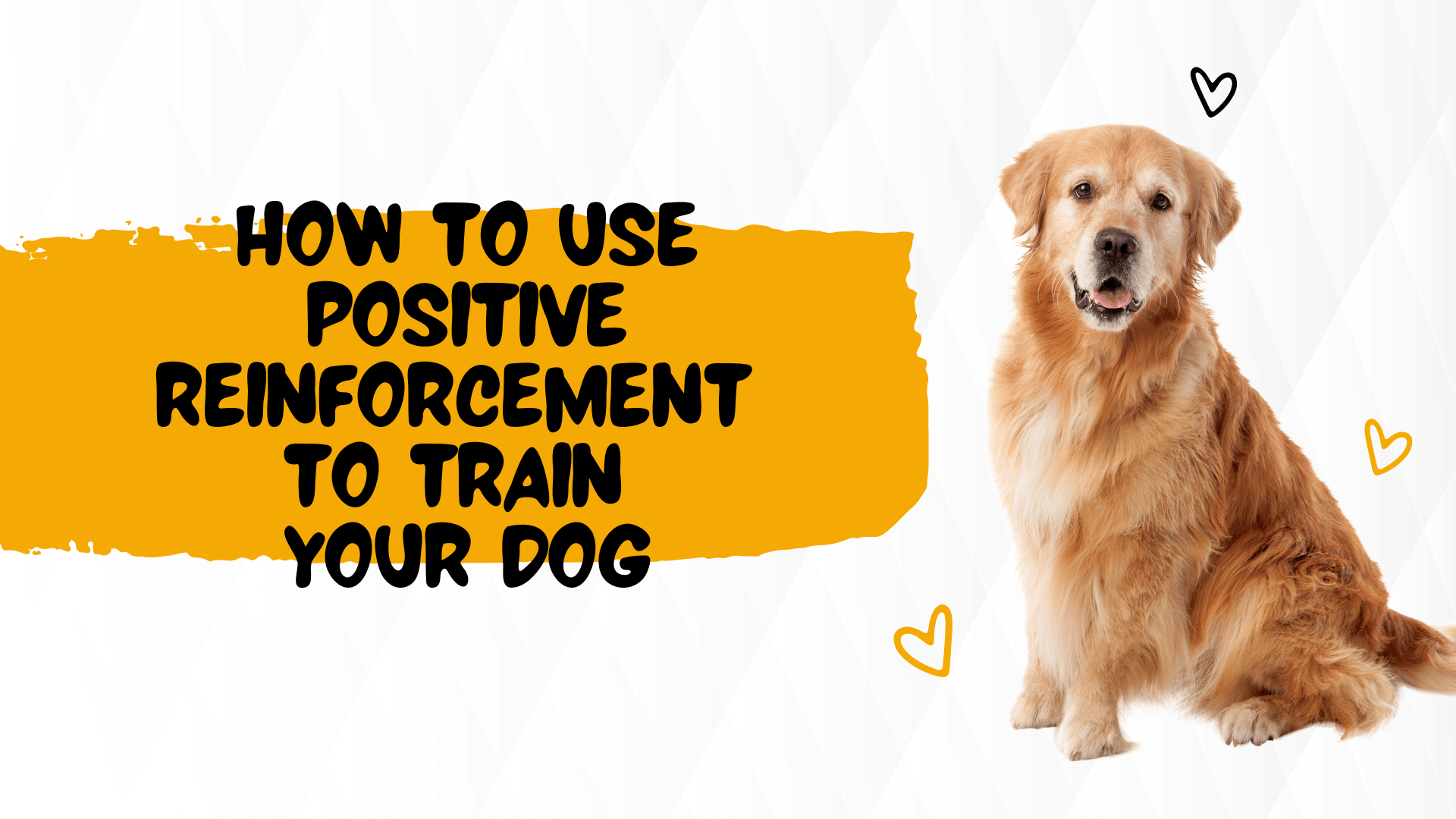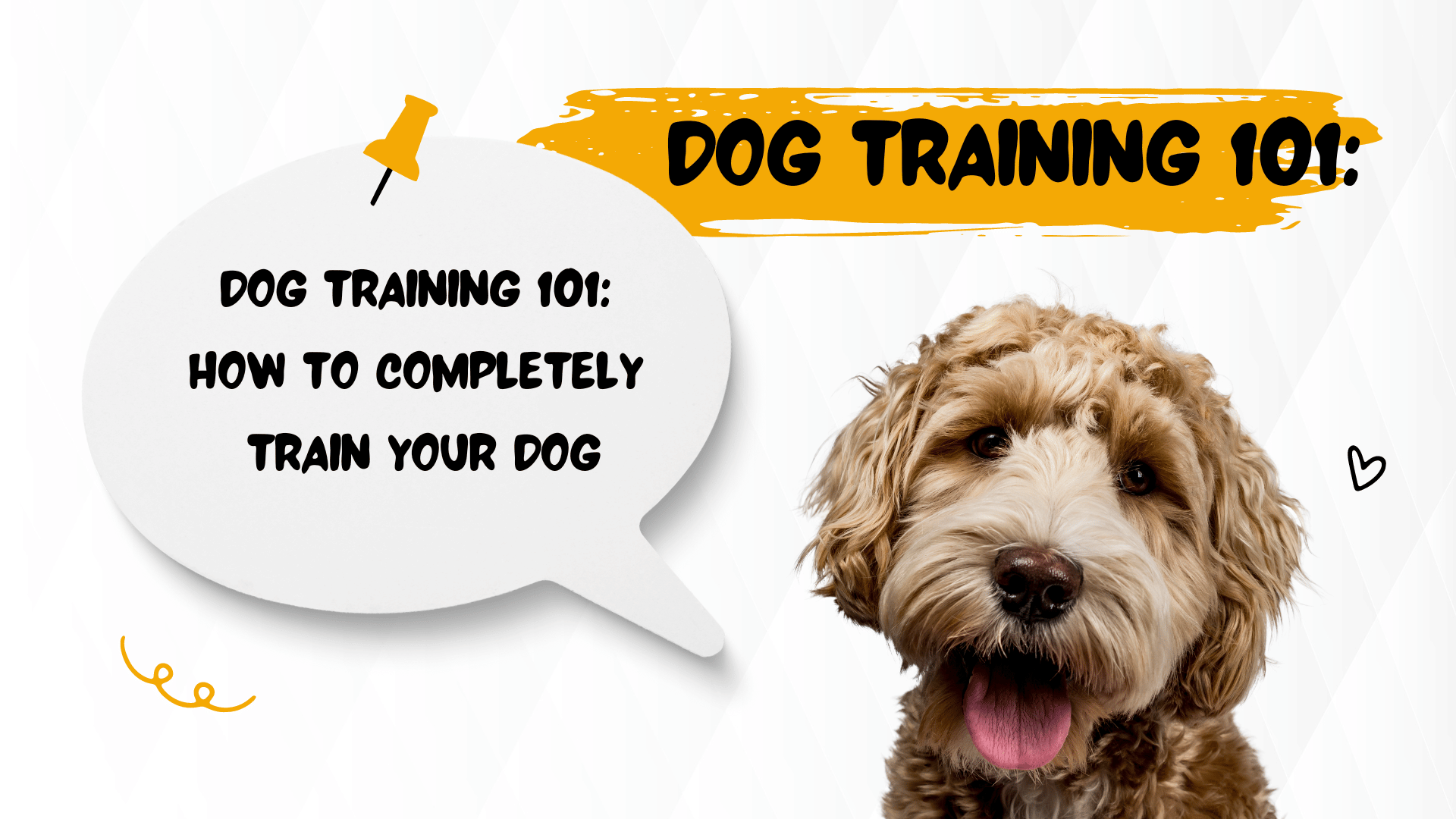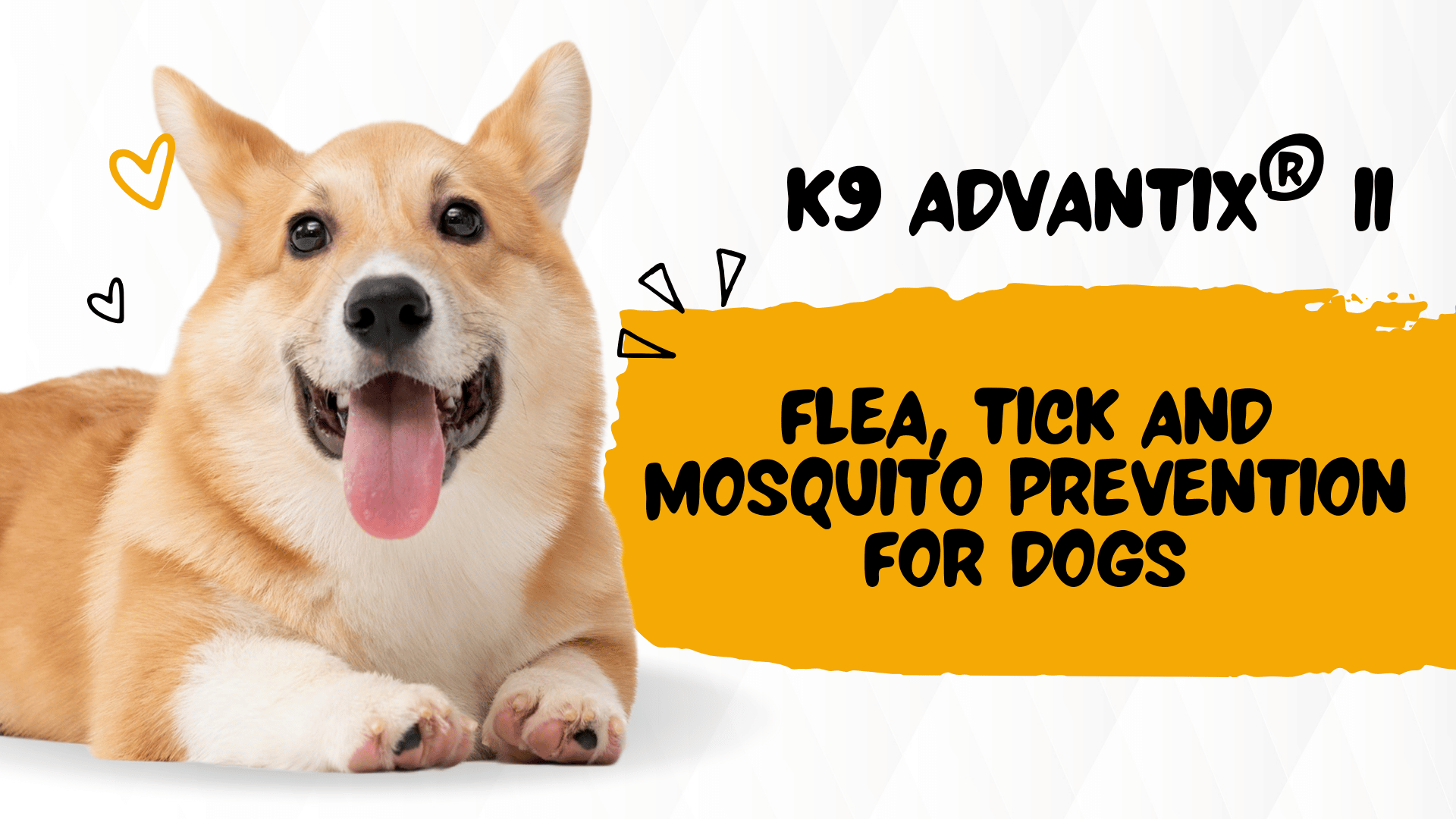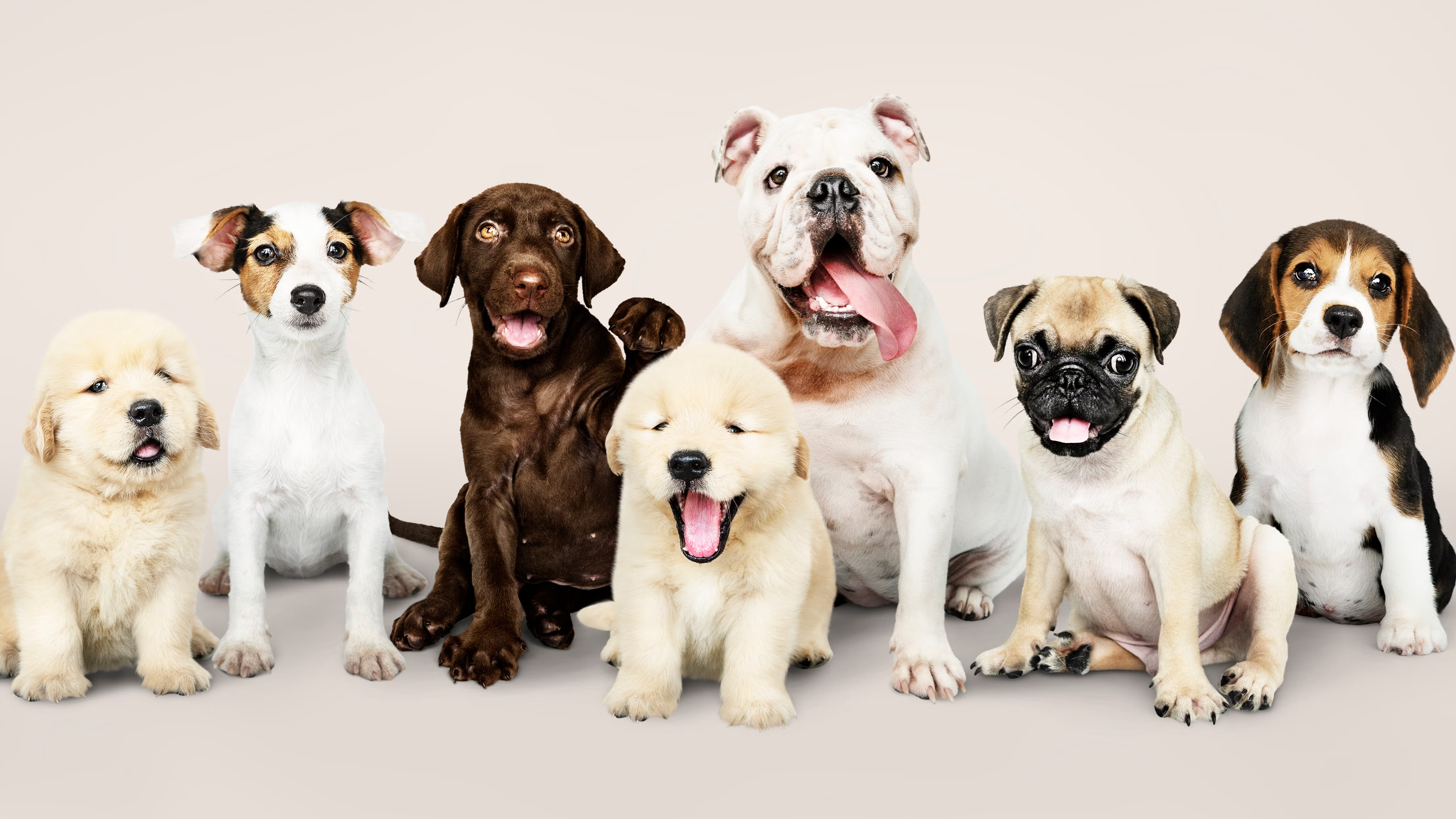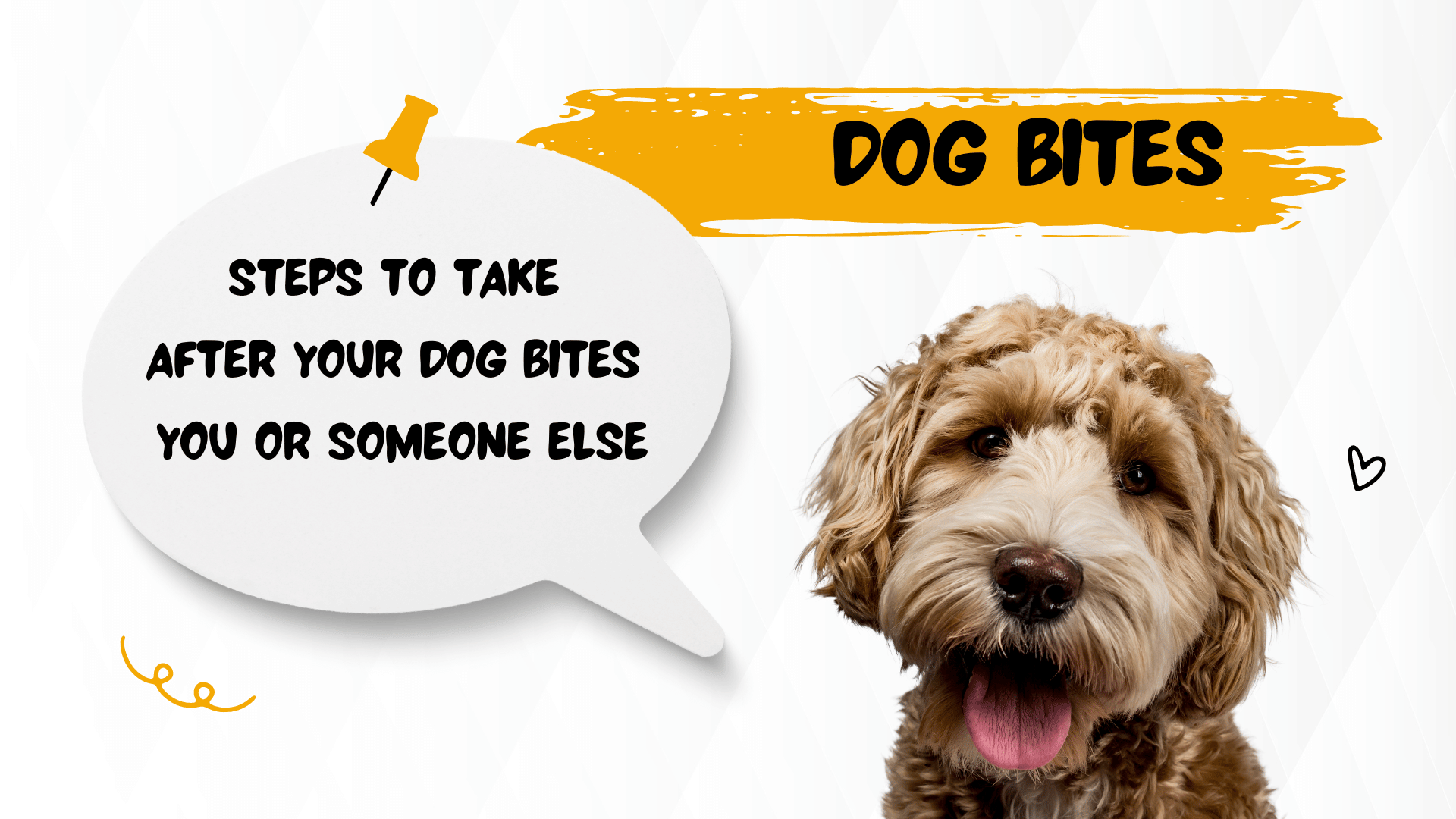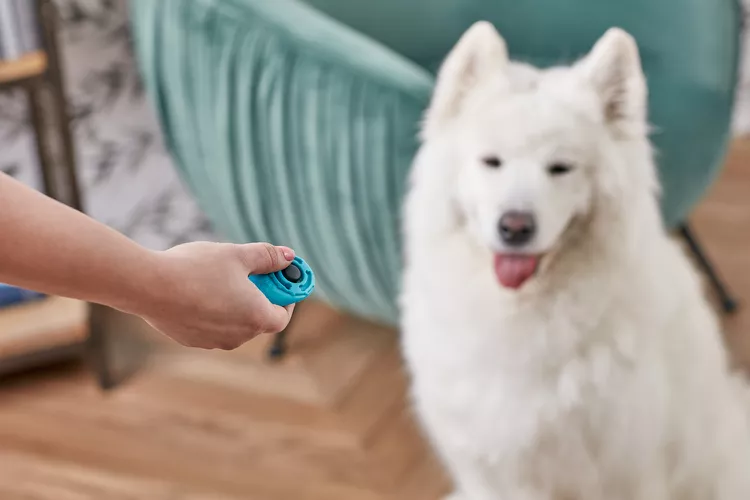Training your dog can be an enjoyable and rewarding experience for both you and your furry companion. One of the most effective methods of dog training is positive reinforcement, a technique that encourages desired behaviors through rewards. This approach is based on the principle that behaviors followed by positive outcomes are likely to be repeated. Below, we’ll delve deep into the foundations of positive reinforcement, techniques for implementing it effectively, and its benefits in dog training.
Understanding Positive Reinforcement
Positive reinforcement is a training strategy that relies on the immediate reward of a dog for exhibiting a desired behavior. This could be in the form of verbal praise, treats, toys, or playtime. The key aspect of this method is timing; rewards must be given immediately after the behavior occurs to establish a clear connection.
For example, if your dog sits on command and you give them a treat right afterward, they will begin to associate sitting with receiving a reward. Over time, they will learn to sit more readily in anticipation of the reward. This method not only teaches commands but also builds a strong bond of trust between you and your pet.
Benefits of Positive Reinforcement
- Builds a Trusting Relationship: When you train your dog using positive reinforcement, you foster a relationship built on trust and respect. Your dog learns that obeying your commands leads to rewards, making them more willing to listen in the future.
- Reduces Fear and Anxiety: Unlike punishment-based training methods, positive reinforcement creates a comfortable learning environment. Dogs trained with this method are less likely to experience anxiety or fear, which can lead to behavioral issues.
- Enhances Learning: Dogs are more likely to retain behaviors they are rewarded for. Positive reinforcement makes the learning process enjoyable, encouraging your dog to engage and try new things.
- Promotes Consistency: Training a dog using a rewards system helps maintain consistent behavior as you create patterns of expectation for your dog.
How to Implement Positive Reinforcement
Here’s how to effectively apply positive reinforcement when training your dog:
- Choose the Right Rewards: Identify what motivates your dog the most. This could be treats, toys, or affection. High-value rewards are particularly effective during training sessions.
- Be Consistent: Use the same commands and rewards consistently. This gives your dog a clear understanding of what’s expected.
- Timing is Key: Reward your dog immediately after they perform the desired behavior. This helps them connect their actions with the reward, making it easier to learn.
- Gradual Progression: Start with simple commands like “sit” or “stay,” then progressively introduce more complex behaviors. Always reward successes, no matter how small.
- Use a Clicker: For precise timing, consider using a clicker as a training tool. This sound marks the exact moment your dog performs the desired behavior, followed by a treat. Over time, they’ll respond to the click as a signal they did well, even without the treat.
- Practice in Different Environments: To generalize commands, train your dog in various locations and situations. This helps them learn to respond correctly regardless of distractions.
- Incorporate Variety: Boredom can set in for both you and your dog. Keep training sessions varied and engaging, and introduce new tricks and commands regularly.
- End on a Positive Note: Always conclude training sessions on a positive note, whether your dog has made progress or not. This helps ensure your dog remains enthusiastic and motivated for the next session.
Common Positive Reinforcement Techniques
There are various techniques to utilise positive reinforcement effectively in dog training:
- Treat Training: This is the most common method. Use treats to reward desired behaviors while ensuring they are of appropriate size and value to your dog.
- Praise and Affection: Verbal praise such as saying “good girl/boy” along with physical affection like petting or belly rubs can also serve as strong motivators.
- Toys: If your dog loves a particular toy, you can use it as a reward during training. A fun game of fetch could be an exciting reward.
- Playtime: Combining training with play can motivate your dog. For example, reward a successful command with a few minutes of play.
Addressing Challenges in Positive Reinforcement Training
While positive reinforcement is effective, some challenges may arise during the training process:
- Ignoring Cue: If your dog isn’t responding or seems distracted, assess the training environment. Minimize distractions and ensure the timing of the reward is correct.
- Over-reliance on Treats: As your dog becomes more competent with commands, consider gradually reducing treat rewards while maintaining praise and affection to avoid dependency.
- Inconsistent Rewards: Ensure that all family members use the same commands and reward systems to avoid confusing your dog.
Conclusion
Training your dog with positive reinforcement has numerous benefits and paves the way for a fulfilling relationship between you and your pet. By choosing appropriate rewards, being consistent, and applying effective techniques, you can encourage good behavior and establish trust. Remember that patience and persistence are essential in this journey.
Read from our partners more about Flea, Tick and Mosquito Prevention for Dogs.
Enjoy the process, celebrate small victories together, and make training sessions a fun, shared experience. With positive reinforcement, not only will your dog learn impressive skills, but you’ll also forge a bond that enhances your life together.
